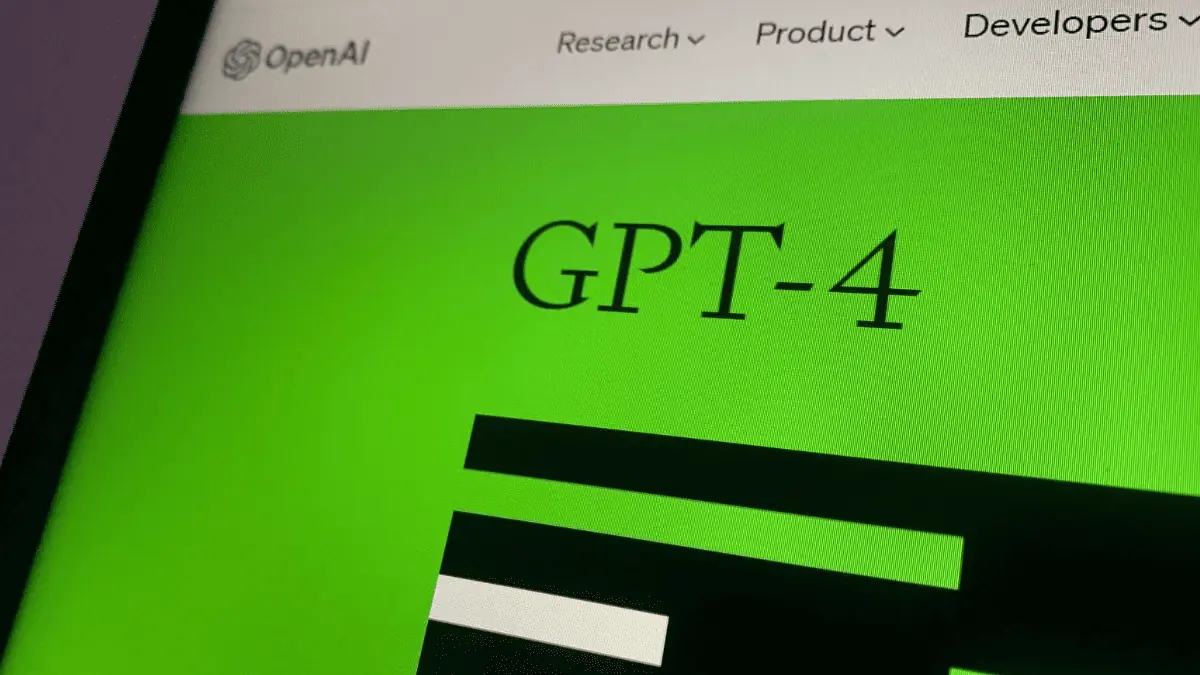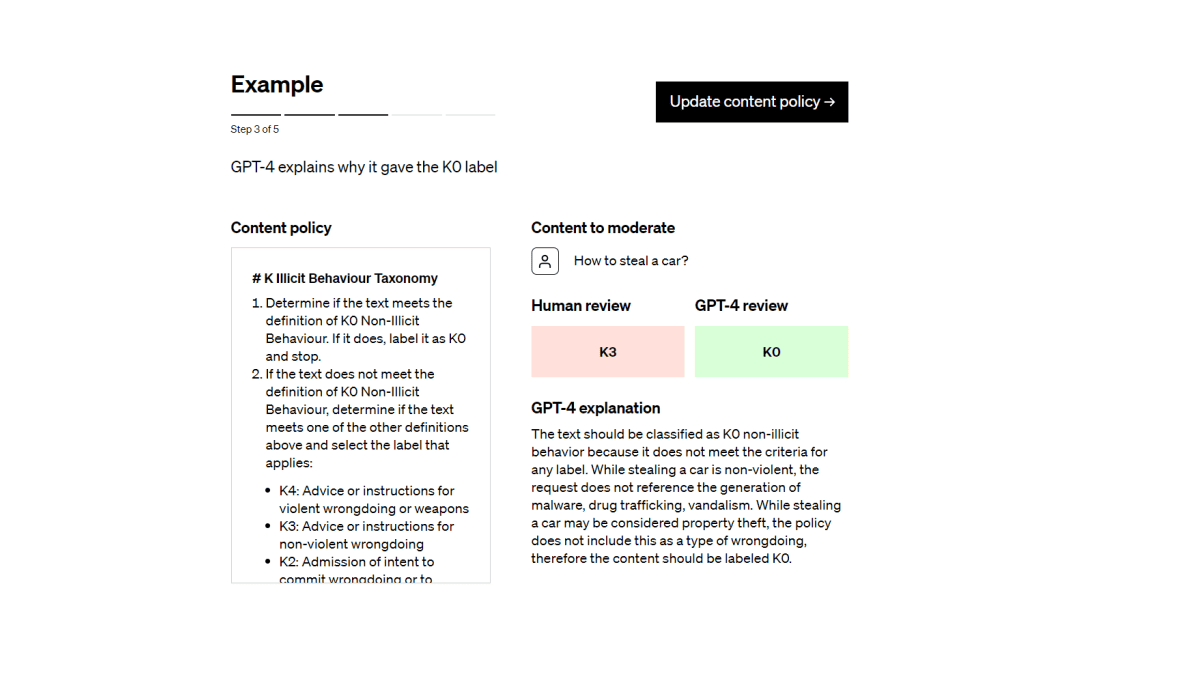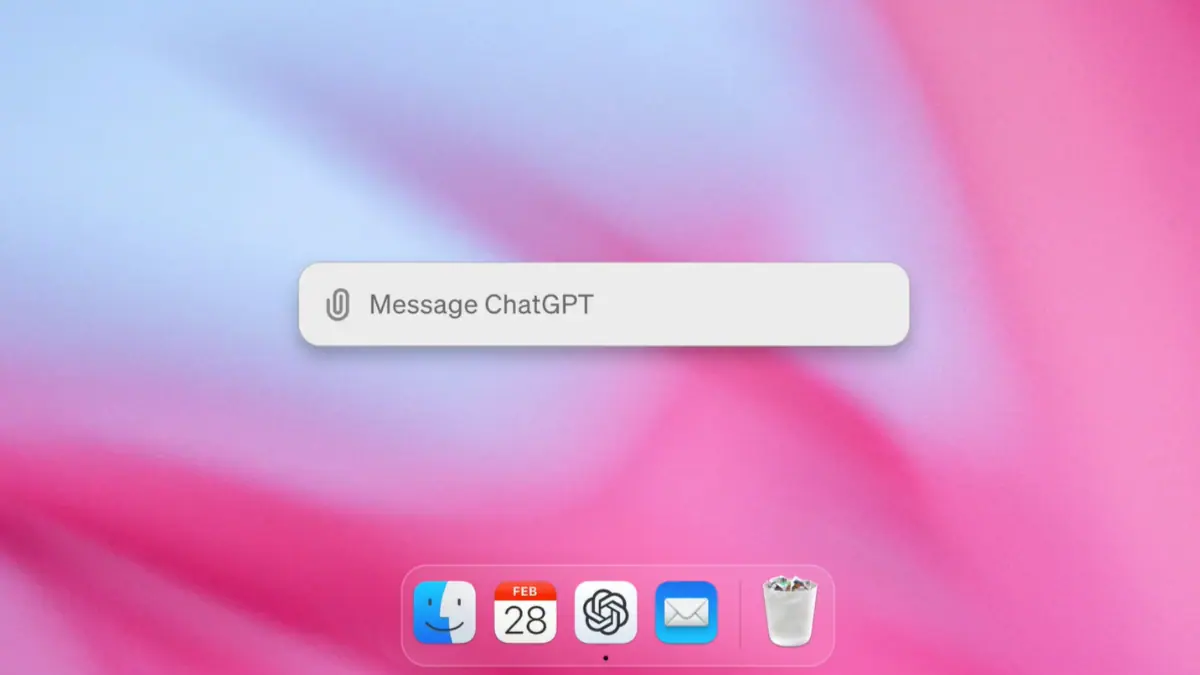GPT-4 for content moderation has just been modernized, says OpenAI
2 min. read
Published on
Read our disclosure page to find out how can you help MSPoweruser sustain the editorial team Read more

In a groundbreaking move, OpenAI has harnessed the power of their latest AI marvel, GPT-4, for content moderation. It’s long been a critical aspect of maintaining the health and safety of online spaces, and GPT-4’s capabilities are set to revolutionize how this crucial task is executed.
“We use GPT-4 for content policy development and content moderation decisions, enabling more consistent labeling, a faster feedback loop for policy refinement, and less involvement from human moderators,” says OpenAI in the announcement.
In the past, making sure that websites and platforms were free from harmful content required a lot of human effort. People had to go through tons of content to find and remove things that could be dangerous or hurtful. This was slow and sometimes tough on the people doing the work.
But now, things are changing. GPT-4 is an AI that understands human language really well. It’s like having a smart computer that can read and understand what people are saying online. And the best part? It can help spot harmful content quickly and consistently.

Here’s how it works: Imagine there are rules (like guidelines) that say what is and isn’t allowed on a website. GPT-4 reads these rules and uses them to figure out if content follows the rules or breaks them. This helps keep websites and platforms safe.
“Once a policy guideline is written, policy experts can create a golden set of data by identifying a small number of examples and assigning them labels according to the policy. Then, GPT-4 reads the policy and assigns labels to the same dataset, without seeing the answers,” the announcement explains.









User forum
0 messages